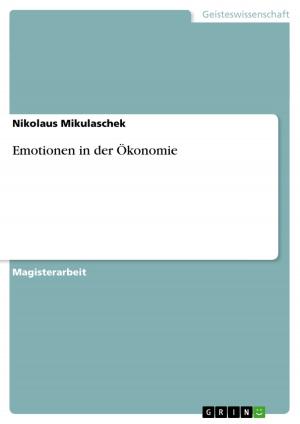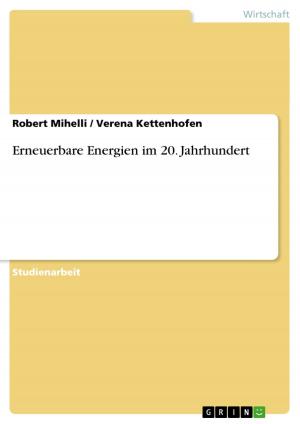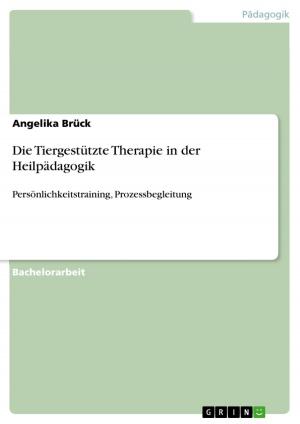| Author: | Alexandre Georjon | ISBN: | 9783638253253 |
| Publisher: | GRIN Verlag | Publication: | February 11, 2004 |
| Imprint: | GRIN Verlag | Language: | English |
| Author: | Alexandre Georjon |
| ISBN: | 9783638253253 |
| Publisher: | GRIN Verlag |
| Publication: | February 11, 2004 |
| Imprint: | GRIN Verlag |
| Language: | English |
Seminar paper from the year 2003 in the subject Business economics - Marketing, Corporate Communication, CRM, Market Research, Social Media, grade: A-, University of Northampton (Business School), 12 entries in the bibliography, language: English, abstract: In 1929 the London Rubber Company (LRC) has registered DUREX condom trademark, whose name was derived from Durability, Reliability and Excellence. The next important steps as a global condom's provider were in 1951 with the introduction of the first fully automated production, and two years later with the development of the first electronic testing machines. During the 1980s, Durex condoms began to be sold in public area (supermarket, pubs, ...), due to the recent AIDS fear. This decade will show thanks to the sales increase, a sharp development of marketing with the first Durex poster campaign in 1982, as well as the first condom advertising on television (1987). Finally, during this last decade, Durex has followed a marketing policy aimed to increase the awareness of the brand, with: the installation of free-standing outdoor Durex vending machines (1992); the sponsorship of MTV's events (1995); the first Durex Sex Survey (1995); the launch of the first selection of coloured, flavoured and ribbed condom in the same pack (1996) and in 1997 the launch of the first non-latex protection called Avanti. At the beginning of the 21st century, Durex has launched www.Durex.com over 30 countries. These web-sites feature localised pages, in particular the use of local language. It provides sexual information, allowed people to question specialists, details the Durex condoms and the sponsored events. Durex is nowadays part of SSL International, which is a world-wide company producing a range of branded products sold to medical and consumer healthcare markets, such a Scholl, Marigold gloves, etc ...
Seminar paper from the year 2003 in the subject Business economics - Marketing, Corporate Communication, CRM, Market Research, Social Media, grade: A-, University of Northampton (Business School), 12 entries in the bibliography, language: English, abstract: In 1929 the London Rubber Company (LRC) has registered DUREX condom trademark, whose name was derived from Durability, Reliability and Excellence. The next important steps as a global condom's provider were in 1951 with the introduction of the first fully automated production, and two years later with the development of the first electronic testing machines. During the 1980s, Durex condoms began to be sold in public area (supermarket, pubs, ...), due to the recent AIDS fear. This decade will show thanks to the sales increase, a sharp development of marketing with the first Durex poster campaign in 1982, as well as the first condom advertising on television (1987). Finally, during this last decade, Durex has followed a marketing policy aimed to increase the awareness of the brand, with: the installation of free-standing outdoor Durex vending machines (1992); the sponsorship of MTV's events (1995); the first Durex Sex Survey (1995); the launch of the first selection of coloured, flavoured and ribbed condom in the same pack (1996) and in 1997 the launch of the first non-latex protection called Avanti. At the beginning of the 21st century, Durex has launched www.Durex.com over 30 countries. These web-sites feature localised pages, in particular the use of local language. It provides sexual information, allowed people to question specialists, details the Durex condoms and the sponsored events. Durex is nowadays part of SSL International, which is a world-wide company producing a range of branded products sold to medical and consumer healthcare markets, such a Scholl, Marigold gloves, etc ...















